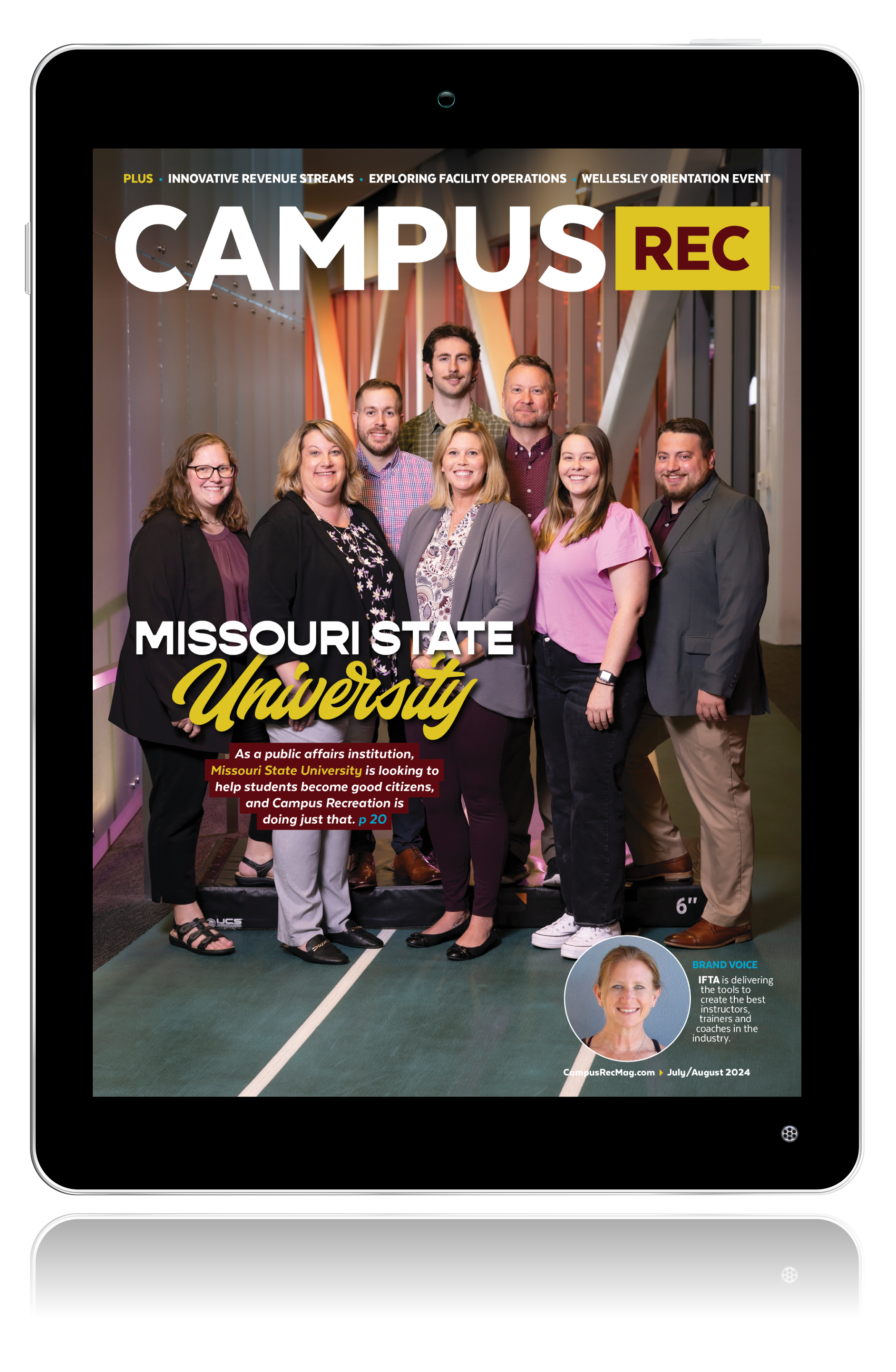Moving forward and prior to installing the floor systems, you need to preform two important evaluations relating to the concrete slab:
Gym Floors: Flatness
A standard flatness tolerance of one-eighth-inch in any 10-foot radius is commonly specified for concrete substrates prior to installing hardwood athletic floors. The term “curling” refers to distortion of the slab surface which sometimes occurs during the drying process, especially when moisture and temperature differs significantly between the top and bottom of the slab. Since concrete can develop upward and downward concave movement during the curing process, the general recommendation is don’t evaluate the slab flatness until approximately 30 days after when poured.
Straight edge evaluation of the slab frequently results in marked locations indicating high areas requiring grinding, and low areas requiring suitable leveling fillers.
Gym Floors: Dryness
Previous methods used for evaluating concrete dryness:
- Placement of a simple rubber mat on the concrete. If dark discoloration or moisture was present after removing the mat, the slab was not adequately cured.
- A procedure in which a small section of 6-mil polyethylene is taped on the slab below a heat lamp and evaluated for moisture or condensation below the plastic when removed.
- A method of placing a small pre-weighed dish of calcium chloride within a small enclosure on the slab. Then calculate the increased weight from absorbed moisture to provide a moisture vapor emission rate.
The current recommended evaluation procedure, ASTM F2170, has replaced previously used methods and provides an accurate manner to evaluate moisture conditions in concrete slabs. The relative humidity level recorded from embedded probes determines the acceptable placement of concrete surface vapor retarders prior to the floor system installation.
Low temperature and high humidity in the gym typically extends concrete cure time and are likely to delay installation of the hardwood athletic floor system. In addition, heavily power troweled slabs, which have become more common, can create a sealing affect at the surface. This reduces or blocks concrete vapor emission and can significantly delay acceptable dryness.
Performance of a quality hardwood athletic floor always relies on the foundation of a flat and dry supporting concrete substrate.
Randy Randjelovic is the technical advisor at Aacer Flooring. Randjelovic has over 40 years of experience in the hardwood floor industry. He can be reached at randyr@aacerflooring.com.




